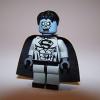
Building BMR Freight cars
By
ecmo47, in LEGO Train Tech
-
Recently Browsing 0 members
No registered users viewing this page.

By
ecmo47, in LEGO Train Tech
No registered users viewing this page.